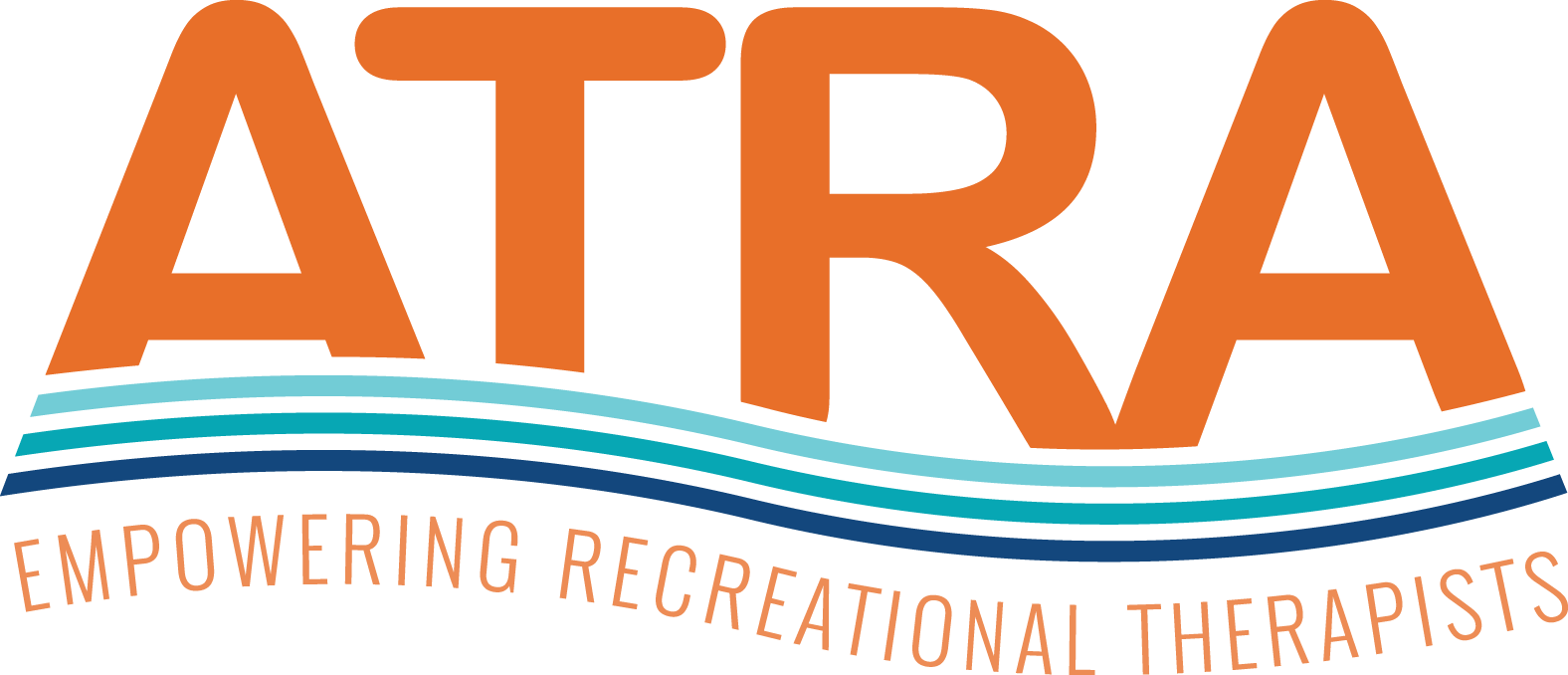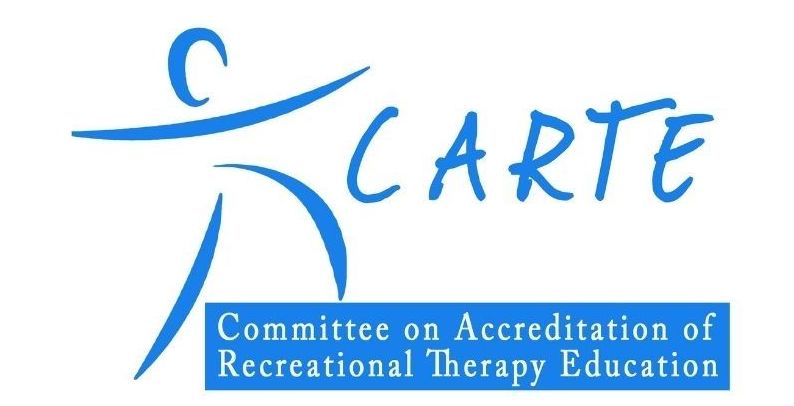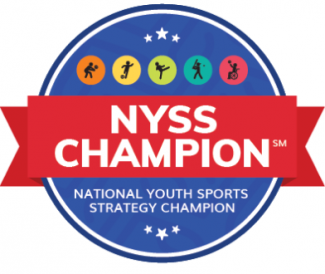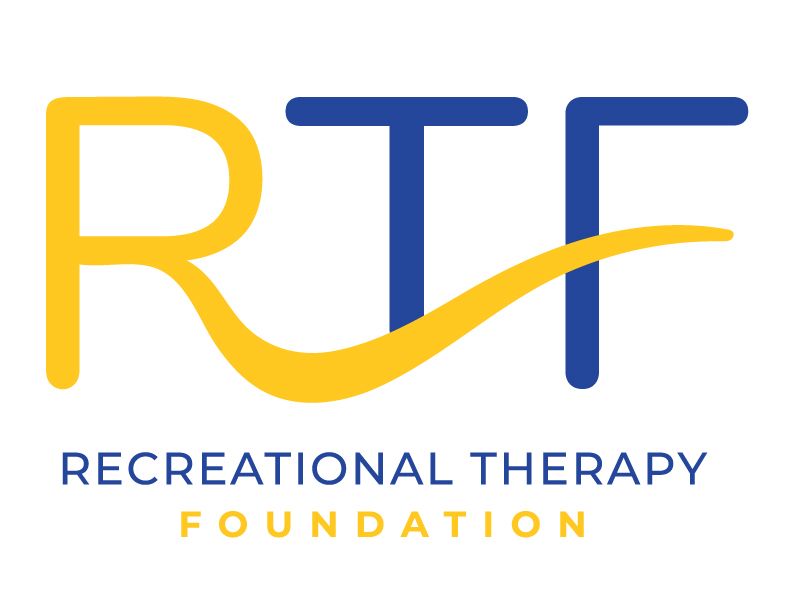Call for Papers for Annual in TR, Volume 32
Submissions are due by February 14th, 2025
The American Therapeutic Recreation Association is pleased to invite the submission of manuscripts for Volume 32 of the Annual in Therapeutic Recreation, the official research journal of the association. The purpose of the Annual is to further advance the body of knowledge and understandings in practice and education.
The Annual publishes a wide range of original, peer-reviewed articles such as:
- Evidence-based practice/Empirical studies
- Systematic reviews
- Application of theories or models to practice education
- Program or service evaluations/Case studies
- Methodological reviews
- Current issues and trends in service delivery or education
- Innovations in service delivery or education
- Practice protocols

Notes of Importance
Authors must prepare manuscripts according to the Publication Manual of the American Psychological Association (7th ed.) and submit a cover letter indicating the type of manuscript being submitted (e.g., brief report, conceptual, research).
To submit your manuscript for the ATRA Annual in TR, please visit Sagamore-Venture’s website (http://js.sagamorepub.com/trj) and register as an author for the Therapeutic Recreation Journal.
Please review the Call for Papers PDF for detailed instructions.
Download the Call for Papers PDF HERE.
Intervention/Practice Protocol Guidelines
1. Introducing the Intervention Protocol
This section sets the stage so the reader understands the conceptual basis of the protocol by describing the client population for whom the protocol is developed, the facility type, and the typical course of recreational therapy intervention for the target client population. Authors must maintain confidentiality in presenting facts by using client(s) or agency pseudonym or other mock identification.
2. Theoretical and Evidence-based Foundations
This section should present content with substance by defining the theoretical and evidence-based foundations for recreational therapy services, client diagnostic area, and intervention area.
3. Client and Intervention Protocol Background
Define and describe the client(s) involved in the intervention protocol. Define the purpose, structure, and format of the intervention protocol including:
- Purpose
- Entrance and exit requirements for client involvement in the protocol
- Individual or group
- Frequency and duration of intervention sessions
- Safety considerations, facility and equipment requirements
- Methods of implementation
- Client outcomes
4. Intervention Protocol Implementation
This section describes the intervention protocol with-in the therapeutic recreation process of assessment, planning, implementation and evaluation.
- Assessment: describing how clients are assessed for placement in the intervention protocol.
- Planning: describing how client goals were determined, referrals, coordination and/or collaboration with treatment team professionals, etc.
- Implementation: describing the exact sequence and execution of the intervention protocol with observations and data on each session content and process.
- Evaluation: describing an appraisal of how the clients responded to the planned intervention, measurement of client outcomes, adaptations and revisions of the protocol, and observed unanticipated positive and negative outcomes of the implemented intervention protocol.
5. Author Comments
This section should summarize the content with clinical or personal commentary, reflections, critique, and/or ideas for the future by providing new or unusual insights, sound integration with practice, or logical argument, and concluding with real life implications for recreational therapy practice.
6. References
All references cited in the manuscript should be appropriately referenced according to APA style (6th edition). References may include published literature sources, personal interviews or communication, observations, or unpublished material relevant to the article.
Tables & Figures
As part of some protocol interventions, tables or figures might illustrate theory or practice application. Tables and figures are camera-ready submissions formatted in APA style.
Quality of Presentation
The writing should convey clearly, adequately, and precisely the purpose of the manuscript. Graphics should be appropriately used, basic data be presented, and without discrepancies in writing. Grammatical aspects should be correct and sequence of thought adequate. Manuscripts must adhere to APA (7th ed.) style guidelines.
Useful References
- Buettner, L. L., & Fitzsimmons, S. (2006). Introduction to evidence-based recreation therapy. Annual in Therapeutic Recreation,15, 10-19.
- Stumbo, N. J., & Peterson, C. A. (2009). Therapeutic recreation program design: Principles and procedures (5th ed.). San Francisco: Benjamin Cummings.
About the Annual & TRJ
The ATRA Annual in Therapeutic Recreation (Annual) is published annually as the fourth edition of the Therapeutic Recreation Journal (TRJ). Learn more about the Annual and TRJ (and access articles now) by clicking the 'Learn more' button.




